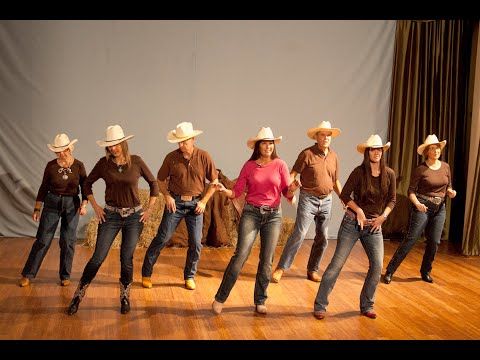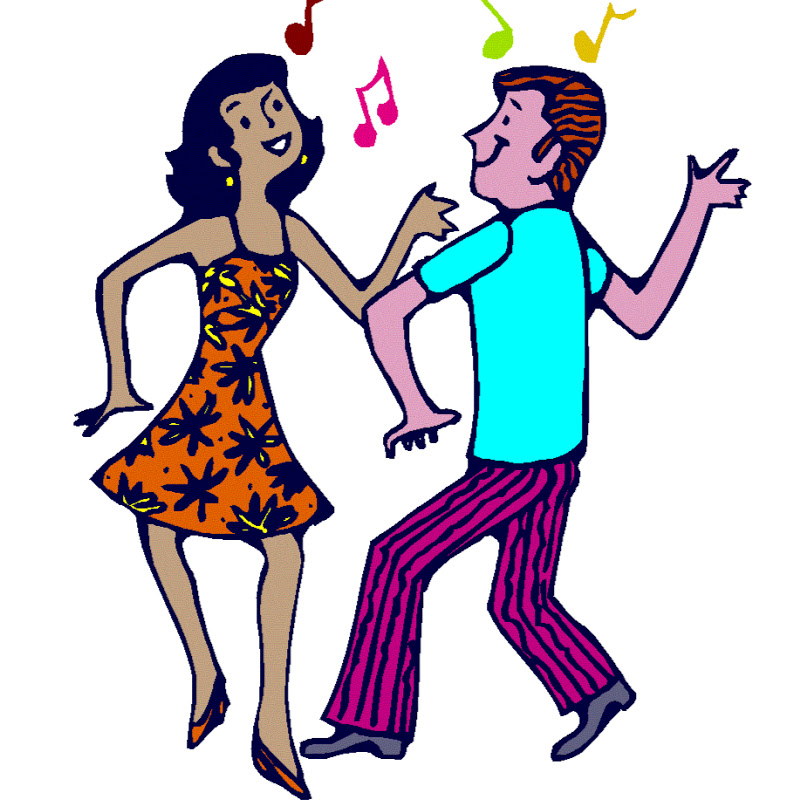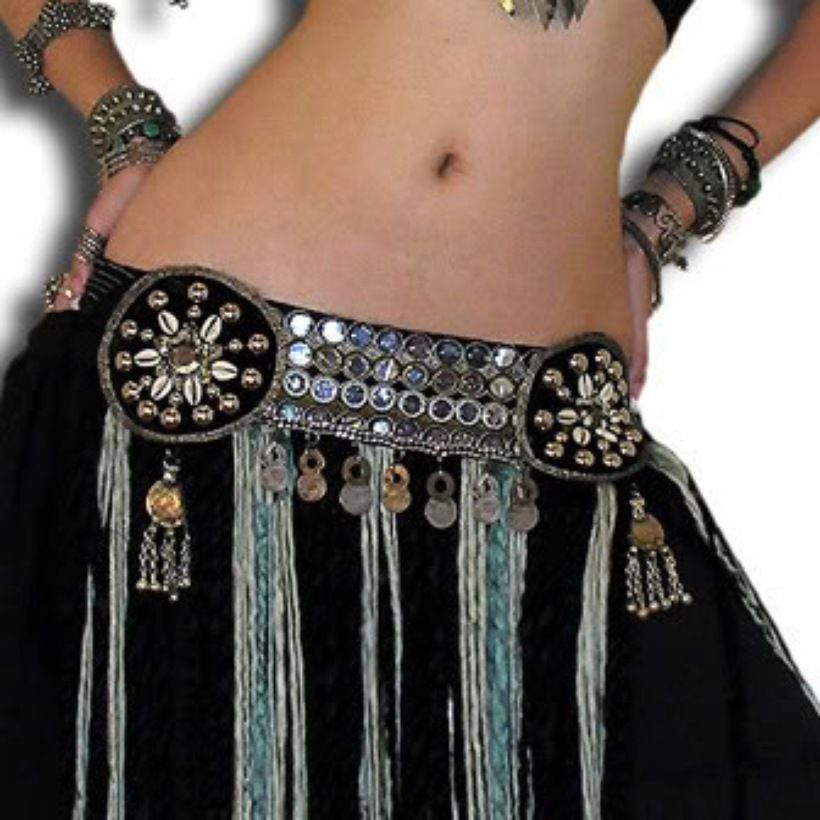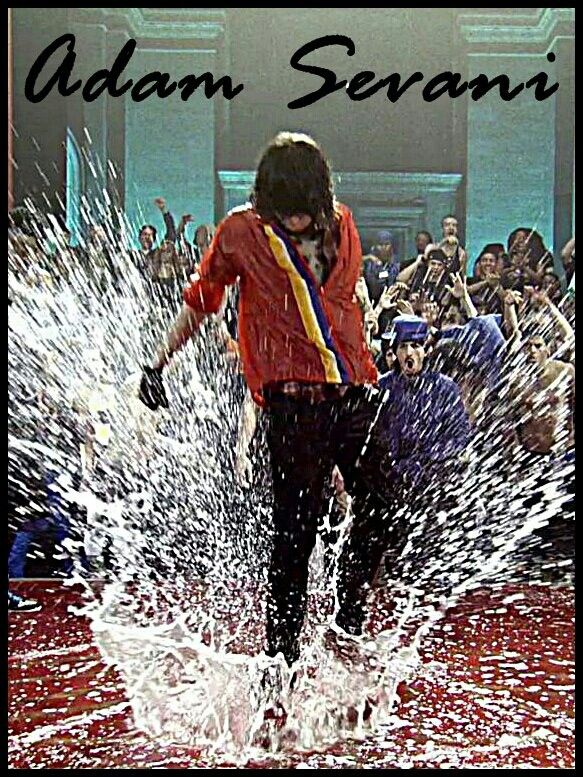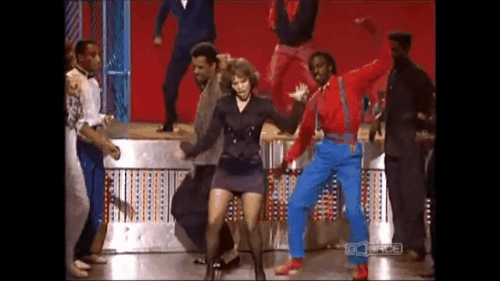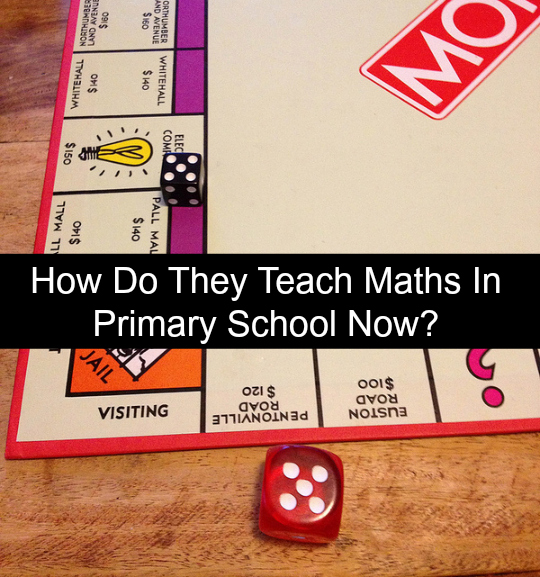Country dancing how to
Country dance lessons - 2 step country western dancing
Learn how to country dance with our videos. This dance style is done both socially and competitively mostly in the USA! Country Western dancing includes a few different dances such as: country 2 Step, Polka, Waltz and Swing. There are many Line Dances as well. This is a fun style of dance and there is much to learn. Here are some free basic steps you can learn right away.
Country dance lessons
How to 2 step – Country dance basic step:
This is the most basic step in partner country dance. It is basically just 4 walks forward for the guys and 4 walks back for the ladies. The way to count is Q,Q,S,S.
How to Do Basic Turn in Closed Position – Country dance:
In this second lesson you will build on what you just learned above. This step shows you have you can turn around one another and switch directions. The guys need to lead the ladies strongly so that they can pass through.
How to Do the Cowboy Boogie – Country dance move:
Learn this Country Line Dancing routine. You do this one all on your own! This is great for those of you who don’t always have a partner around. You can teach it to your friends and dance it all together at your favorite bar.
History of Country dancing:
Country dancing was actually born out of foreigners from England, Ireland and Africa. They brought their styles of dance from their home countries to America including Waltz and polka. Later, Polka evolved into the 2-step which is the essential dance of Country dancing.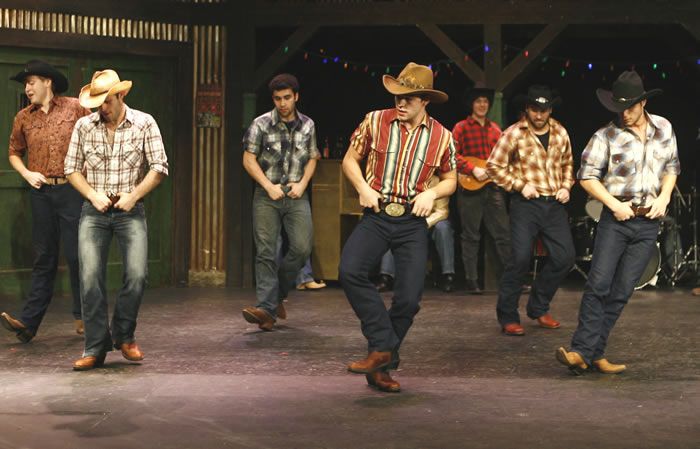 Other styles that are considered Country dancing are Country Waltz, Cowboy cha cha and East/West Coast Swing.
Other styles that are considered Country dancing are Country Waltz, Cowboy cha cha and East/West Coast Swing.
People would dance just about anywhere they could – in bars, dance halls and house parties. In the 1920’s Country music was commercialized and with it Country Western style of dancing. Cowboys loved to dance and would often dance in bars late at night by leading this very social dance. Because of the Cowboy boots this dance involves the technique of using the heel and only later landing to the toe, there is a relaxed, calm upper body with minimal hip action.
Leading and following Tips:
– Both partners must maintain a nice posture and stretch up. From there, you want to connect to one another through the man’s left hand and ladies right hand.
– When the man leads he doesn’t use his arms, but instead his own body weight… By moving his body forward hi gives a very strong single that he wants to move. At the point the the ladies feel the man’s spine moving forward, they need to respond as fast as possible and move.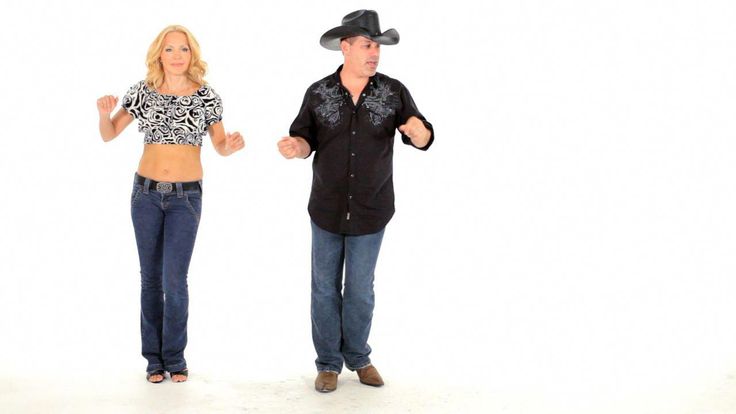
– The man is responsible to lead the lady’s direction and timing. For example, if the man wants to syncopatesome steps he needs to make that very clear to his partner.
Want to learn other dances? Visit the page below:
https://www.learntodance.com/online-dance-lessons/
Other dance styles:
How to Ballroom dance
Social basic dance steps – Ballroom
Ballet dance terms
how to hip hop dance
How to breakdance
How to dance in a club and parties
Country Swing Dance Basics | Everything You Need to Country Dance!
What is Country Swing?
The likely origin of country swing came as hustle dancers followed John Travolta off the disco dance floor and into the country bar after the hit movie Urban Cowboy. While western swing music tracks back to the 1930’s or 1940’s the dance style of Country Swing as we see it today look a lot like the hustle of the 1970’s. It’s a simple, high energy dance style that doesn’t require a lot of dance floor an is perfect for crowded country bars and dance halls.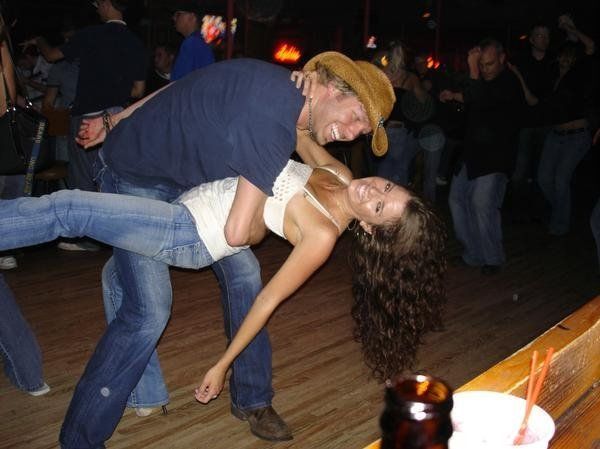
Although this video is titled “what is country two step” it really talks about the history and progression of country dancing in general – Plus it’s pretty entertaining!
Country Swing Dancing
Country Swing Dancing is now a popular dance style especially in Texas, Oklahoma and California. Really though I’ve seen it in country bars outside the USA in places like Calgary Canada. It’s a super fun dance that can be seen anywhere there is a country or western influence. While there are other types of swing dances like west coast swing, or east coast swing, country swing is its own style!
Basic Country Swing Dance Steps
The basics of country swing are easy! With just a few moves you’ll be dancing the night away. All you need are the basic, some turns, a hammerlock, cradle, the slide and a signature of country swing, the lean! You can learn them all below!
Jump to a move with these time stamps:
Basic Technique 1:20
Basic Step 2:35
Turns 4:27
Hammerlock 9:43
Cuddle 11:31
Lean 15:18
Slide 20:00
Country Swing Moves
Ok this is where it gets fun! There are endless country swing moves and patterns you can do. Again the best part is they are all pretty darn easy. In the video below we walk you through some of the most common cool moves you’ll want to learn for your next night out dancing!
Country Swing Dance Songs
While we have lists of our favorite east coast swing songs, west coast swing songs and even country slow dance songs, we have to suggest a couple friends for the best country swing dance music. This country swing spotify playlist will be sure to get you up dancing.
This country swing spotify playlist will be sure to get you up dancing.
Country Swing
Ok so at this point you’re hooked on dancing right? You might be wondering what’s next? Well the dance world is big and there are lots of dances to learn. If you want a step by step way to improve not only your country swing but also dances like country two step, nightclub, WCS and ECS then head over to our video vault. It’s like Netflix for Dancers!
Powered by Convert Plus
Powered by Convert Plus
Powered by Convert Plus
Powered by Convert Plus
Powered by Convert Plus
Country dance - frwiki.wiki
For the film, see Country Dance.
Country Dance (literally "Peasant Dance" or "Country Dance") or Country Dance is an English dance in XVII - centuries, originally square dance.
It has four, six or eight dancers or even more.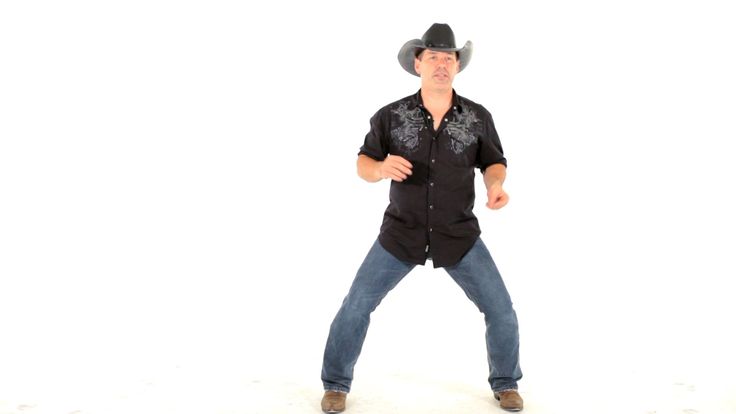 The dancers are arranged in a circle, in a square or in two columns. Very quickly this last formation prevails, allowing the progressive development of the dance to an unlimited number of dancers. If these figures are accurate, initially they do not often remain in the dancer's imagination and settle on in XIX - m .
The dancers are arranged in a circle, in a square or in two columns. Very quickly this last formation prevails, allowing the progressive development of the dance to an unlimited number of dancers. If these figures are accurate, initially they do not often remain in the dancer's imagination and settle on in XIX - m .
The first edition of Country Dances dates from 1651, when John Playford published the first edition of The English Dance Master .
Not to be confused with square dance derived from square dance in XIX - th century.
Summary
- 1 General
- 1.1 Principle
- 1.2 Levels
- 1.3 Choreographies
- 2 country in France
- 2.1 Balls
- 2.2 Regular pot
- 3 steps
- 4 Derivatives
- 5 Notes and references
General
Principle
Country dances all kinds of country music: waltz, cha-cha-cha, Irish, rock, pop and even tango, etc. Each music played during a country ball may lead to the performance of one or more choreographies. The same choreography can be performed on several pieces of music. Today it is more than 2000 choreographies. The principle is simple: you need to repeat the choreography on a certain number of walls. The starting wall, called the "12 o'clock wall", is by convention opposite the musicians during the concert, otherwise opposite the audience. The dances mostly consist of two or four walls, but some have only one, while others dance in a circle, in pairs (dance with partners ) or face to face (dance contra ). Some choreographies, such as Lookout , are mostly danced diagonally, i.e. between two walls. Others use diagonals of only a few steps, such as I am running towards you .
Each music played during a country ball may lead to the performance of one or more choreographies. The same choreography can be performed on several pieces of music. Today it is more than 2000 choreographies. The principle is simple: you need to repeat the choreography on a certain number of walls. The starting wall, called the "12 o'clock wall", is by convention opposite the musicians during the concert, otherwise opposite the audience. The dances mostly consist of two or four walls, but some have only one, while others dance in a circle, in pairs (dance with partners ) or face to face (dance contra ). Some choreographies, such as Lookout , are mostly danced diagonally, i.e. between two walls. Others use diagonals of only a few steps, such as I am running towards you .
The choreography consists of 8-beat parts (6 in the case of waltzes). The shorter dances are 16 beats (very rarely less, for example Pick a Bale has 8 beats), the vast majority of dances are 32, 48 or 64 beats, and sometimes much longer.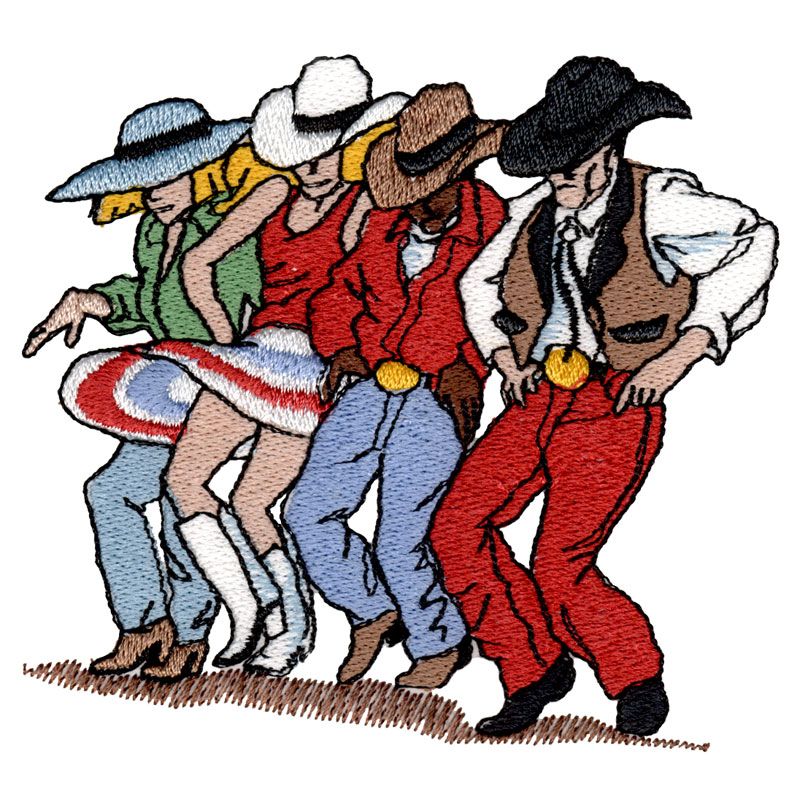 Some like " Where the wind blows" or " Centurion" exceeds 100 beats.
Some like " Where the wind blows" or " Centurion" exceeds 100 beats.
Certain choreographies can contain the tags (part of the choreography is added exclusively) or restart (the choreography starts again at the beginning). Some particularly advanced choreographies combine several different tags and several restarts of . The complexity of the dance is often subjective: it depends, of course, on tags , restarts , the length of the choreography, but also from the beginning, style and many of the sensations that music has.
Anyone can create a country dance choreography if it meets certain criteria. There are some favorite dances that we find very often in ballrooms such as Toes , Home to Louisiana , Irish Stew , Easy Come Easy Go . A dance with as many dancers as possible on the floor, which is usually one of the premieres in the National country dance pot, is country .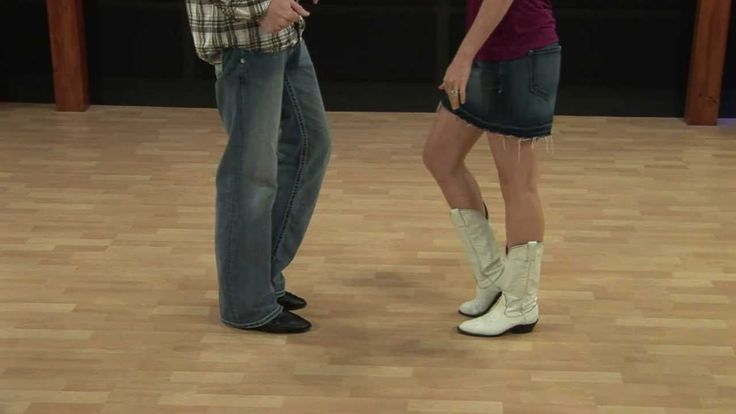
Levels
Country dances include different difficulty levels: beginner, beginner, intermediate and advanced. Dancers may well stay at the same level for several years.
Choreographies
The choreographies below are sorted by level. The level is indicated in the step sheet written by the choreographer.
| Choreography for beginners | Novice Choreography | Intermediate choreographies | Advanced choreography | Other choreographies |
|---|---|---|---|---|
| Cheyenne | Lay | California blue | Holy Moth | Billy's Dance ( partner ) |
| Easy come, easy go | Lips so close | Soul Counted | Flame floor | Mexican Wind ( partner ) |
| Hooked the country | Not fair | Doctor doctor | Kansas is no more | Seminole Wind (Circle ) |
| Lindy shuffle | South of Santa Fe | Long hot summer | overnight stay | Texas Waltz ( partner ) |
| Sheriff Tango | White rose | We are tonight | Peaceful Valley | Wanderer ( vs ) |
Country in France
It is thanks to the American Robert Vanstreet (1960-2010) that we are indebted to import country dances to France, thanks to the creation in 1993 in Paris of the first amateur club Les Amis08 Far West 90. He is also the author of several choreographies including Love Dance and Black Pony . Since then country dances became popular, attracting large audiences.
He is also the author of several choreographies including Love Dance and Black Pony . Since then country dances became popular, attracting large audiences.
Balls
Balls are large gatherings of dancers who come to dance, usually taking place on Saturday evenings or Sunday afternoons. There is usually a list of choreographies that will be performed during the ball. The opening dance is often performed in a country style. The ball can also trigger an initiation, and time can also be reserved for dances on request, that is, where the dancers present can suggest the choreography they want to dance to.
During the balls you need to know the etiquette of the route . It is a set of rules, more or less unspoken, based mainly on respect and common sense, which allow everyone to dance in good conditions. We can give some basic rules such as:
- Food and drink are strictly prohibited on the dance floor, as is tobacco.
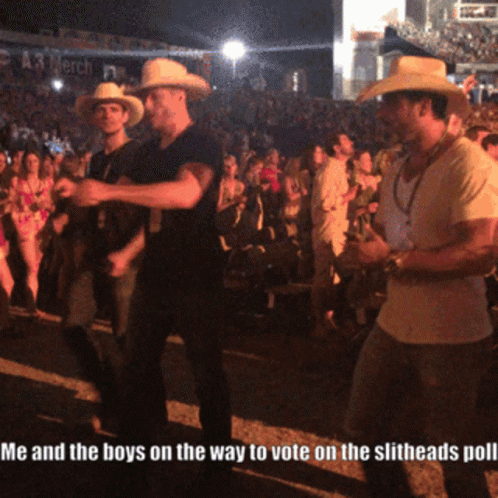
- we do not cross the already formed lines, but simply complete them at the end, or create a new line at the back.
- On the track it is forbidden to carry weapons, even artificial ones, or spurs.
- you must not stay on the dance floor if you are not dancing. In the event of an accident or collision, it is also customary to apologize and replace the glass of the person who was pushed if he knocked it over.
The division of the dance floor must also be taken into account:
- Part 1: the center of the lane is reserved for stationary dances, in a line, without continuous movement along the lane.
- part 2: intermediate part reserved for progressive pair dances or dances with partners, which include, for example, stops and restarts.
- part 3: the edge of the lane is reserved for progressive dances used by dancers in faster dances.
Regular potty
Once or twice a year, animators meet to select dances to be included in the curriculum and balls. The "National Common Pot" is a short guide that allows every dancer to find what is most popular in France. In addition, each region has its own Common Pot.
The "National Common Pot" is a short guide that allows every dancer to find what is most popular in France. In addition, each region has its own Common Pot.
Each animator offers several choreographies of different levels and different styles. Then the animators vote for their favorite chorea. The choreographies that receive the most votes are elected.
No
Here are some of the most popular country steps:
- Triple Pitch : Three pitches similar to hammered pitch.
- Kick : kick with the end of the foot extended.
- Coaster pitch : 3-step weight change, back: one leg moves back, the other gathers, the retreating leg moves forward. Forward: One leg moves forward, the other gathers, the advanced leg moves back.
- Rock Step : two weight transfers.
- Grapevine : put right foot to the right, cross left foot behind, put right foot to the right with body weight (also done to the left, and also 1/4 or 1/2 turn).
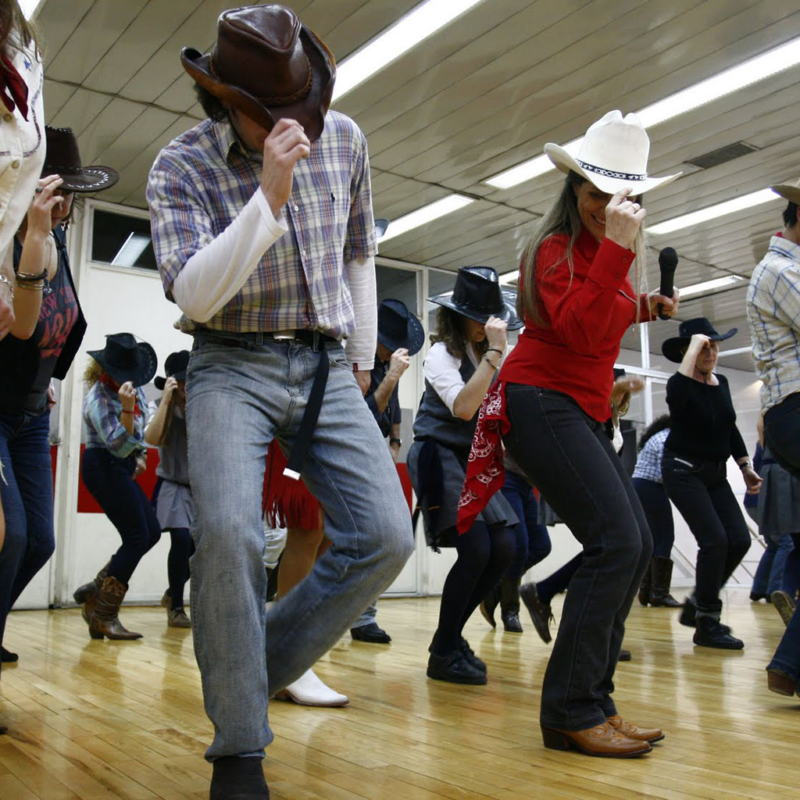
- Stomping : Foot pose with weight transfer by tapping the heel.
Derivatives
We also find more and more dances called line dance or new line , that is, country choreography in very modern music and non-country genres. If the steps used are the same, these choreographies are more likely to use larger developments, glides. You can give, for example, " Rolling in the Deep" and " Watch It Burn" , who danced respectively on Adele's " Rolling in the Deep" and Adele's " Set Fire to the Rain ", Timber's on Ke$ha, or Hey Brother on Avicii.
In response to , the new line, clubs are proposing a return to choreography that is considered more traditional. Steps tend to have a lot of support, with significant use of the heels and toes.
Notes and links
- ↑ "The Legacy of Robert Vanstreet" on the website of association Les Amis du Far West .

COUNTRY AMERICAN DANCE
You can study and download the report-presentation on subject DANCES OF THE WORLD COUNTRY - AMERICAN DANCE. A presentation on a given topic contains 17 slides. Use to view turntable, if the material was useful to you - share it with your friends with using the social buttons and bookmark our presentation site!
Presentations» Education" NARDIAN DANCES OF THE WORLD COUNTRY-AMERICAN DANCE
Slides and text of this presentation
Slide 1
Description of the slide:
DANCES OF NARDIAN WORLD COUNTRY AMERICAN DANCE pupil of the senior group of the studio "Harlequin" Ishmukhametova Lilia (supervisor Budeeva I.S.)
Slide 2
Slide description:
It is generally accepted that this dance comes from the "Wild West".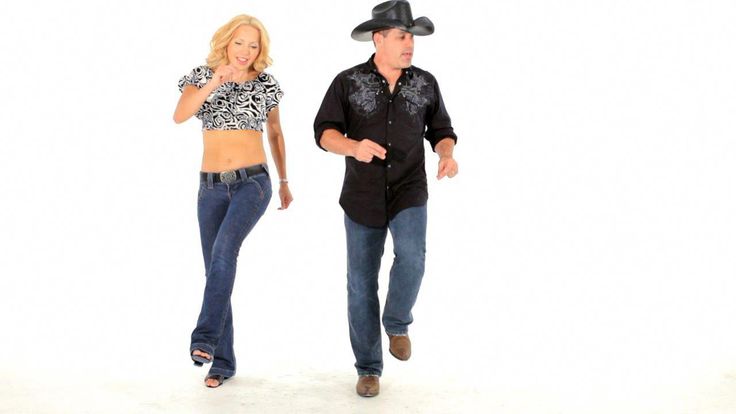 Modern country is somewhat similar to the dance that the resting cowboys danced in taverns. But the dance itself is part of the whole musical style "Country", this style is the national dance and music of the United States, and it is still popular in most states of America. All over the world there are a large number of styles and varieties of country performance, even the Americans themselves do not know how many of them, but pair dance is the basis. The dance is performed to cheerful, groovy, mischievous music.
Modern country is somewhat similar to the dance that the resting cowboys danced in taverns. But the dance itself is part of the whole musical style "Country", this style is the national dance and music of the United States, and it is still popular in most states of America. All over the world there are a large number of styles and varieties of country performance, even the Americans themselves do not know how many of them, but pair dance is the basis. The dance is performed to cheerful, groovy, mischievous music.
Slide 3
Slide description:
"Country dance" (from French, "country dance") - means "a line of men against a line of ladies." There are two main variants of Country dance performance: “Square dance” - “square dance”, is performed by a limited number of dancers: four couples and a “screamer”, which should tell the performers the name of the next figure. “Line dance” - “line dance”, here any number of performers are allowed, which line up either in one line, or facing each other, or in the back of the head to each other, or the performers become in a circle.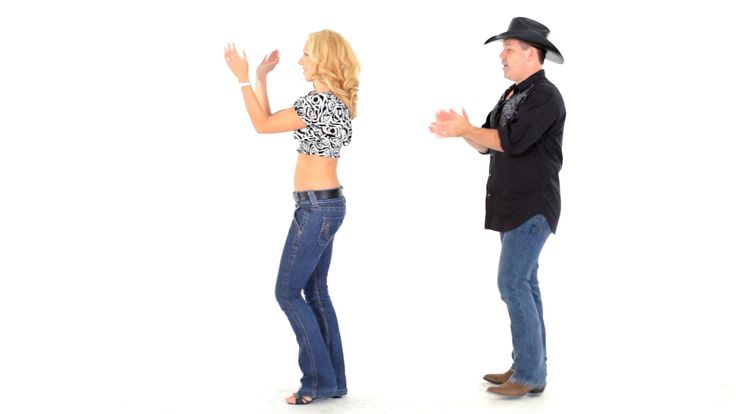
Slide 4
Slide description:
Country-style festivities were very popular in the American outback.
Slide 5
Description Slide:
Slide 6
Description Slide:
9000 Performances at various holidays, festivals and competitions
Slide 8
Slide description:
Line dance - a kind of American country music
Slide 9
Slide description:
Square dance - a kind of American country music
Slide 10
Slide description:
There are two main areas in square dance: 1) Traditional square dance 2) Western Square Dance, also called "Modern Western Square Dance" or "Modern American Square Dance".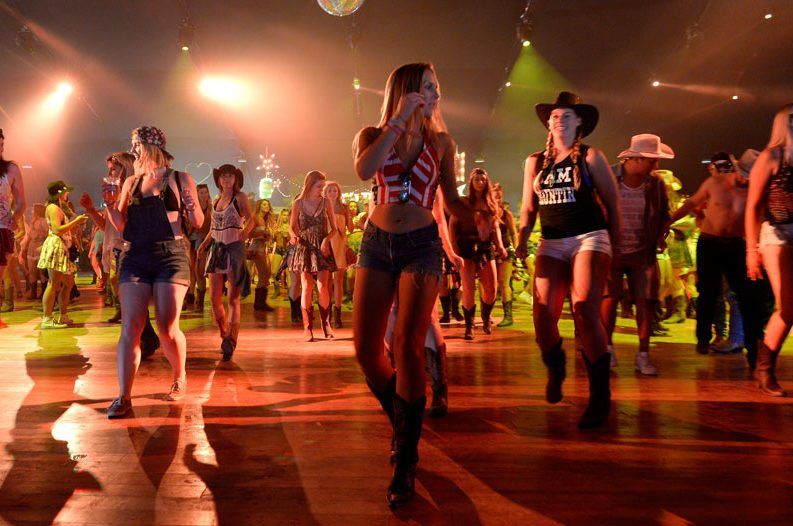 This modern form of square dance is danced all over the world. In addition, in many states of America, western square dance has the official status of a folk dance. Whereas in traditional square dance all the movements of the dance are predetermined and predictable, the sequence of figures in western square dance develops quite spontaneously. It depends only on the caller which figure will be next in the dance.
This modern form of square dance is danced all over the world. In addition, in many states of America, western square dance has the official status of a folk dance. Whereas in traditional square dance all the movements of the dance are predetermined and predictable, the sequence of figures in western square dance develops quite spontaneously. It depends only on the caller which figure will be next in the dance.
Slide 11
Slide description:
The origins of the image
Slide 12
Slide description:
Rhinestone Cowboy
Slide 13
Slide Description:
Slide 14
Slide Description 7: 003
Slide 15
Description Slide:
Slide 16
Slide description:
9000 American line dance, or country, continues to grow in popularity.